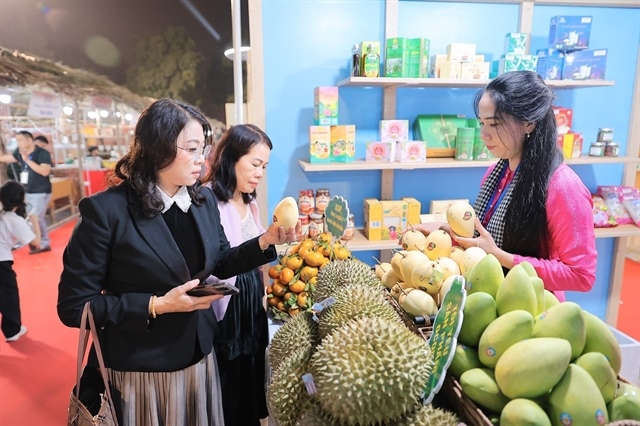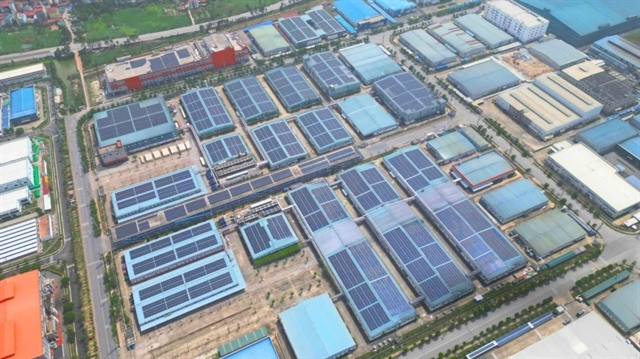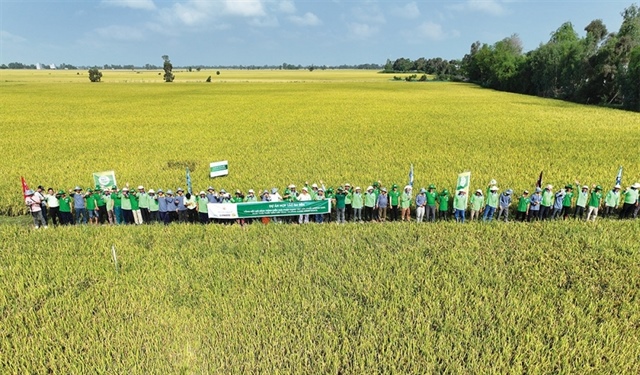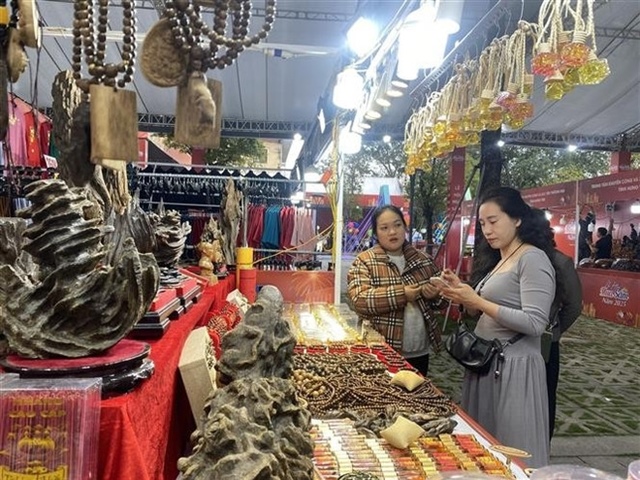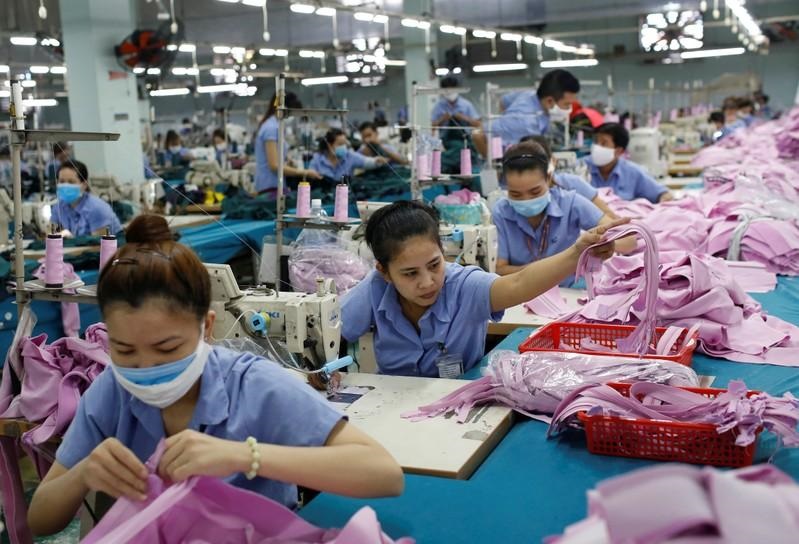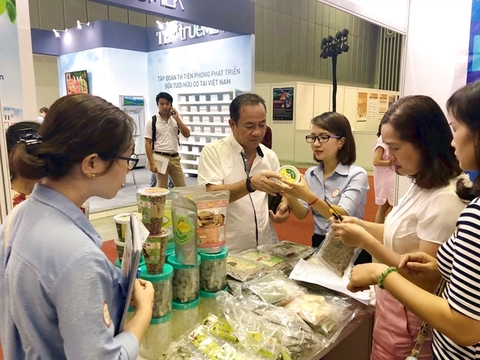To boost agro-exports to China
To boost agro-exports to China
Apart from epidemics, difficulties in exports, especially those to China, are also an important factor for the fall in Vietnam’s agriculture growth in the first half of this year. These difficulties are the aftermath of many factors, but the subjective factor plays a very important part.
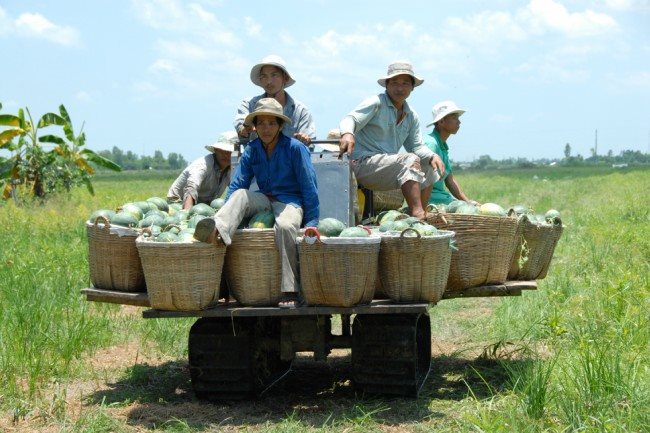
The total revenue from exporting Vietnam’s 13 key agro products in the first half of this year was nearly US$18.2 billion, a year-on-year drop of 0.7%, or over US$100 million. Data from the General Department of Vietnam Customs show that the Chinese market is an important factor for the export decline. There are two main reasons.
First, as compared with exports to China in the same period last year, with US$3.69 billion, or 24.4% of Vietnam’s total agro-exports, exports to the northern neighbor in the first five months of this year was just nearly US$3.36 billion, or 22.5% of the total agro-export revenue.
So, while the total revenue earned by agro-exports in the first five months of the year fell slightly by US$140 million, or 0.9% from the year-earlier period, the export revenue fall for China was as much as US$329 million, or 8.9% of the total export revenue. Subsequently, exports to markets other than China increased by US$189 million, or a year-on-year rise of 1.3%, helping reduce the fall in total export revenue by a slight 0.9%.
Notably, agro-exports to the United States in the first five months surged to US$3.1 billion from US$2.77 billion in the same period last year, a year-on-year rise of 11.9%, equivalent to US$331 million, enough to offset the fall in exports to China.
Second, the overall fall in prices of agro products is the main reason for the weak export performance of Vietnam’s agro products, but the weaker exports to China is a special case.
A calculation of the export revenues of seven agro products with available statistics for export volume and value (rice, coffee, cashew nut, rubber, black pepper, cassava and products, and tea) in the first six months of the year shows that their combined export revenue is US$6.38 billion, down by more than US$990 million from the same period last year. However, if the products could retain the same export prices as those in the same period last year, the revenue would be nearly US$7.45 billion, or an increase of nearly US$74 million. That means Vietnam has suffered a loss of up to US$1.06 billion in prices, equivalent to 16.7% of the export revenue gained. The figures also show that despite multiple difficulties due to the overall price fall, Vietnam has managed to export the same volume of agro products as that in the corresponding period last year.
However, things are different with the Chinese market.
The combined export revenue of the above seven agro products in the first half of the year fell drastically from US$1.45 billion to US$1.12 billion, down 29.38% from the same period last year. While the price drop accounts for only US$44 million, or 3.93% of the revenue fall, the volume drop makes up as much as US$286 million, or 25.45%, meaning that the volume drop is 6.5 times as much as the price drop.
In fact, rice exports to China in the first five months of the year plunged by 621,000 tons, or a huge fall of 73.6% from the same period last year. Cassava exports also fell by 215,000 tons, a year-on-year-drop of 18.6%. Therefore, the humble rise in exports of other agro- products cannot offset the drastic drop in the combined revenue.
A deeper look into the situation reveals that signs of the fall in exports to China surfaced earlier. The share of China in Vietnam’s agro-product exports increased and reached its peak of 25.5% in May 2017, and then declined to 24.4% in May 2018. The ratio for the entire 2018 is just 23.3%.
It can be said therefore that the Chinese market is the main factor for the weak export performance of Vietnam’s agro products in the first half of this year. This market, in turn, is affected by four factors: the global market developments, the trade war with the United States, import-export policies of the Chinese Government and its own demand and supply.
Nevertheless, it should be noted that China’s total imports of raw food and processed food in the first five months of this year was more than US$60 billion, over US$3 billion higher than the figure in the same period last year, according to Chinese statistics.
Proximity to a huge consumer
After overtaking the United States to become the world’s largest agro-product importer, China’s annual imports of these commodities averaged US$163 billion in the period 2011-2017, according to the World Trade Organization’s statistics. China has also surpassed the United States to become the largest importer of Vietnam’s agro products. According to statistics of the General Department of Vietnam Customs, China imports US$6.3 billion worth of Vietnam’s 13 main export agro products annually, accounting for 21.1% of Vietnam’s total agro-product export revenue, but merely 3.9% of its total agro-product import bill.
The United Nations Food and Agriculture Organization (FAO) and the U.S. Department of Agriculture have forecast that China will increase imports of agro products from the world market. Vietnam obviously has an edge over any rival in this market thanks to its close proximity to China, with short distances and transport time which allows for low transport and preservation costs. Therefore, the recovery and continued export growth to China may be the prerequisite for maintaining Vietnam’s agriculture growth in the years to come.
However, the core issue is that the time of “random border trade” has passed. Vietnam has to change its agricultural production organization to meet the Chinese market demand in accordance with the international practice, as China’s import management policies are not much different from the policies which the United States and European countries have applied for imports of Vietnam’s agro products.



